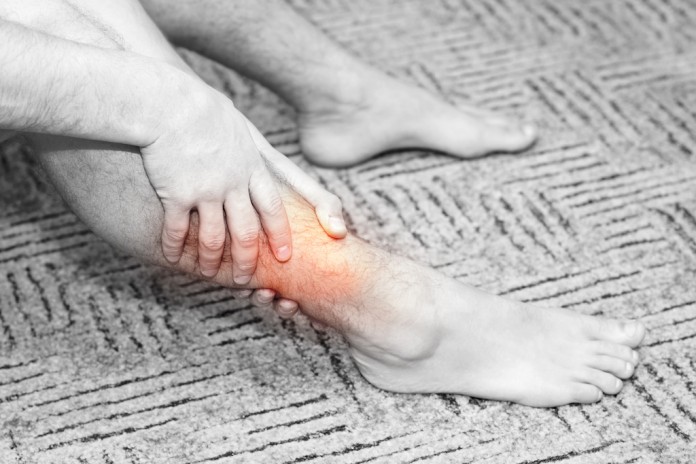Shin splints, also known as medial tibial stress syndrome is a pain that is typically felt in the shinbone, and in the lower leg. Symptoms begin to surface when there is an inflammation in the bone tissue surrounding the tibia.
The condition is common among athletes and individuals who constantly engage in activities that put excessive force on the muscles such as running, basketball and tennis. For example, in basketball, players are constantly running and jumping on hard surfaces. If they don’t take time to warm up their legs or wear shoes with enough support for jumping and moving, shin splints are more likely to occur. A sudden change in exercise can also cause an onset of pain in the lower leg and along the inner part of the shinbone.
Causes of Shin Splints
Shin splints are commonly brought on by excessive amounts of force on a person’s tibia, which results in inflammation of the muscles. Another known cause of shin splints is repetitive weight-bearing that puts stress on your tendons and shinbone.
Examples that cause shin splints include:
- Running on rough terrain or hard surfaces
- Wearing worn out shoes that do not provide adequate support to the feet
- Obesity
- A sudden change in the form of exercise, or in the intensity of the physical activity
- Having flat feet, or feet that roll inward when walking (also known as overpronation)
Shin splints typically occur in an individual’s dominant leg. If you are right handed, chances are you are also right-footed, which means that your right foot is more susceptible to the pain and discomfort associated with shin splints.
If you have recently increased the intensity of your exercise, or have just started engaging in physical activities again after a few weeks of inaction, then the risk for developing this leg injury is increased. This is due to that fact that the body needs time to adjust to the unfamiliar amount of force.
Shin splints do not normally cause permanent damage if treated correctly, but if you treat the affected area poorly and do not give ample time for recovery, then the damage may become permanent.
Ways to prevent shin splints
While you may feel increased pain when doing exercise, it is not always necessary to quit physical activities altogether to prevent the recurrence of shin splints. The following measures can help reduce your risk for getting shin splints:
Take simple steps to lessen the impact of running
As a guideline, try to vary your running surfaces from sidewalks (asphalt or concrete) to grass or sand or gravel trails. Hard surfaces like concrete cannot absorb the shock when your full body weight hits the ground. As a result, the force goes up to your feet and reflects up through the legs at a greater intensity. Over time, this repetitive stress on your legs can translate into an increased risk for shin splints and other leg injuries.

However, running on softer terrain does not completely remove the risk for shin splints. You can still get injured if you run on grass or dirt trails because these surfaces do not provide the same stability as hard concrete. For this reason, we advise that you vary your running surfaces and switch up your routes to improve muscle strength and avoid injury.
Create a balanced exercise routine
When engaging in physical activity, start cautiously and progress gradually to higher impact training. This gives your body adequate time to adjust to the intensity of the workout, and allows you to build endurance before you do high-impact activities.
See an expert
Many cases of shin splints can resolve with home remedies, including placing an ice pack on the lower leg, and taking pain killer medications. However, if you find that symptoms are worsening, and the discomfort continues for an extended period, it may be best to seek the expertise of your trusted physiotherapist who can evaluate your condition and help relieve the discomfort, and help put you on a rehabilitation program to manage the injury.


